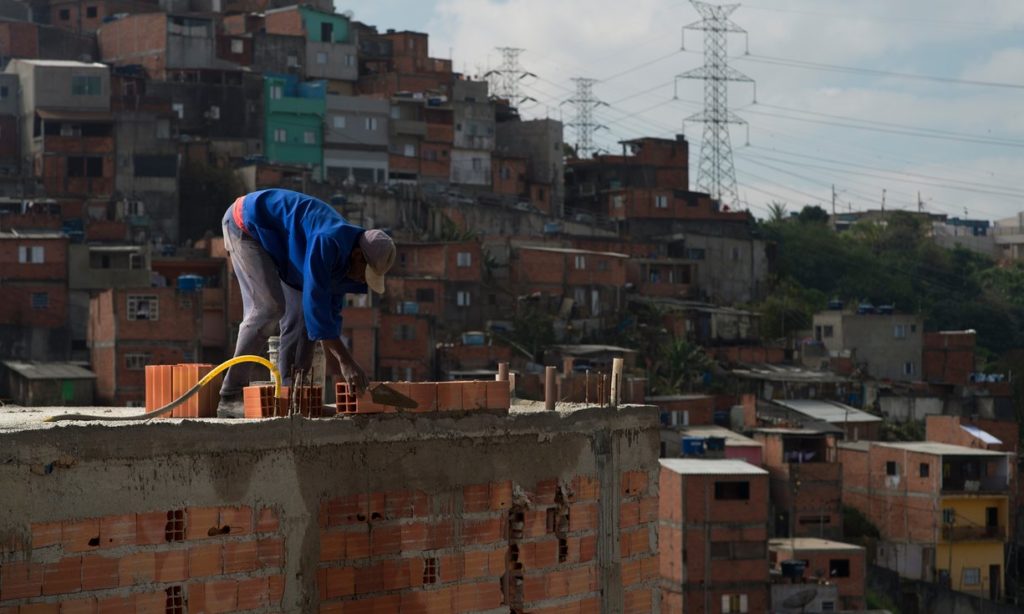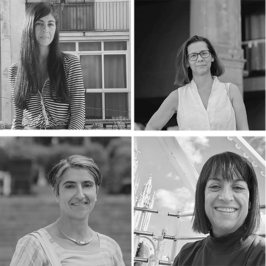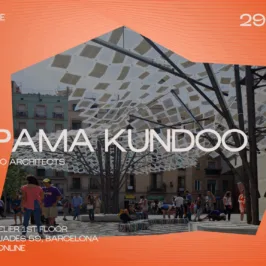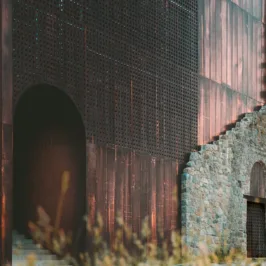In 2009, UN Habitat estimated that 3m people were moving to cities every week. An expert panel shares their thoughts on planning the cities of the future.
1 Involve all urban residents, including slum-dwellers, in planning their own cities
Despite the excellent work leading up to Habitat III and the adoption of the New Urban Agenda, we continue to see certain groups and individuals living in our cities that are not able to participate in negotiations. Slum dwellers are one such group. We need to speak to the most marginalised in ways that articulate their everyday realities. When ever we have taken the time to do this, we find they are the experts of their own condition – they do not make unreasonable demands and they are prepared to make the trade-offs needed to make the city work. Jaideep Gupte, co-leader of the cities cluster at the Institute of Development Studies, University of Sussex.
A recent study found that religious minorities, recent migrants and people living in poor neighbourhoods and slums, of the Indian cities surveyed, lack municipal governance and institutions that enable access to services such as all-weather roads, drainage, sanitation and reliable drinking water. Structurally-exclusionary decision-making processes reinforce patterns of inequity that determine who suffers during, for example, extreme climate events. Timon McPhearson, assistant professor of urban ecology, environmental studies, The New School.
2 Design cities that protect the needs of older people
Many think that cities are places for the young to find work and forget that an increasing proportion of the urban population is growing old. People aged over 60 actually represent the fastest growing cohort of urban populations. We need to look beyond design and basic physical accessibility and consider whether the shared and public spaces of our cities – streets, roads, squares and parks – are actually pleasant places. For example, you could make a street physically accessible by designing ramps, railings, signage but if the space is overwhelmed by fast moving vehicles, thick pollution and narrow pavements, it’s not a space people would want to be in. Unless people have to go out, they will stay at home, seeing friends and family less, accessing services less frequently and, in the end, risk loneliness and social isolation. Sion Jones, urbanisation policy officer, HelpAge International.
3 Put resilience thinking at the heart of city planning
Until recently, rivers in the San Salvador flooded regularly, sometimes with devastating consequences for people living on the banks. Some years back a bridge was washed away with a whole bus full of people. Unops [UN office for project services] rebuilt the bridge, enforced the banks, and redesigned the gorge so that it will withstand future flash floods. Grete Faremo, undersecretary general and executive director, UNOPS.
4 Pay attention to what women need
In the New Urban Agenda there are several mentions on how to address the needs of women and other vulnerable population groups: age, gender and environment-responsive solutions within the continuum of land and property rights [and] security of land tenure for women; and urban life without fear of violence and intimidation and recognising the working poor – particularly women – in the informal economy, including the unpaid, domestic, and migrant workers to the urban economies. Addressing issues such as land rights, housing, informality and urban violence in a more strategic way to address women’s, older and vulnerable people’s needs is fundamental. Anaclaudia Rossbach, regional adviser for Latin America and the Caribbean, Cities Alliance.
We have to focus on directing funds to the most vulnerable sectors with integral policies, not only for housing or services, but also for social activities and culture. The priority has to be where the inequality aggravates most. Fernando Duarte, TECHO International, leading the department of development of habitat.
Women experience the lack of services in a particular way. The threat of violence [is] limiting women’s mobility in the urban space. This includes violence experienced while accessing services on public transport, fetching water from a common water point, navigating through poorly-lit neighbourhoods and even at police stations where they go to report such violence. On top of that, when governments fail to deliver services like water, childcare and hospitals it is women who subsidise them through their care work. Wangari Kinoti, women’s rights policy manager, Action Aid International.
We need to make sure girls have the same opportunities, schools need to be built for both genders in the first place. It’s not only about the teachers; it’s about the facilities, the sanitation, the involvement of the local communities. Grete Faremo
5 Share stories of positive action
We need to gather and share examples of positive visions and actions on the ground. To meet the real social, ecological, economic and technical-infrastructural challenges we face, we need to scale up those actions, narratives and visions that are seeds of a positive future. The Good Anthropocenes project is collecting positive sustainability actions from around the world as both a research project, but also as a knowledge sharing platform.










Leave a Reply